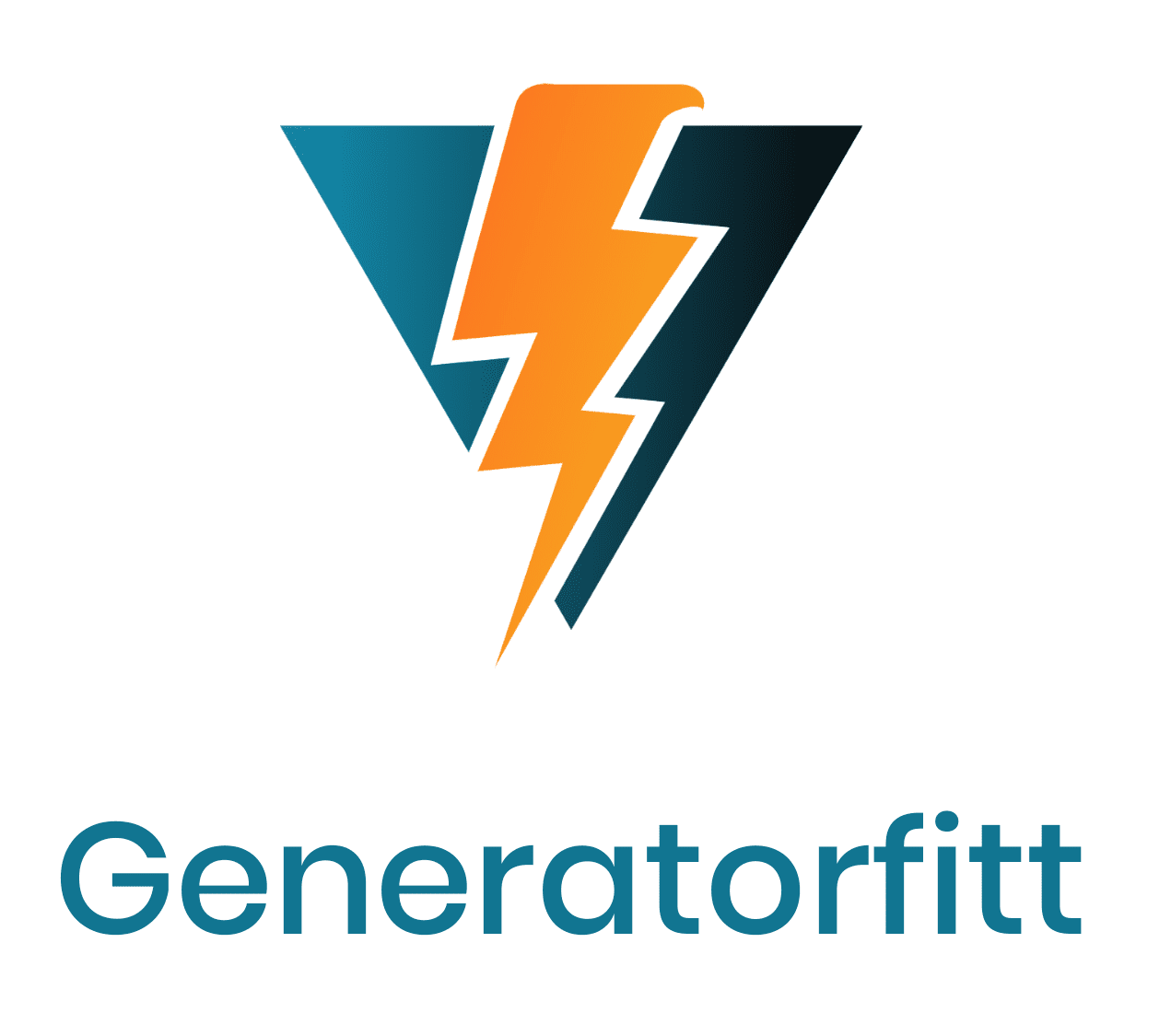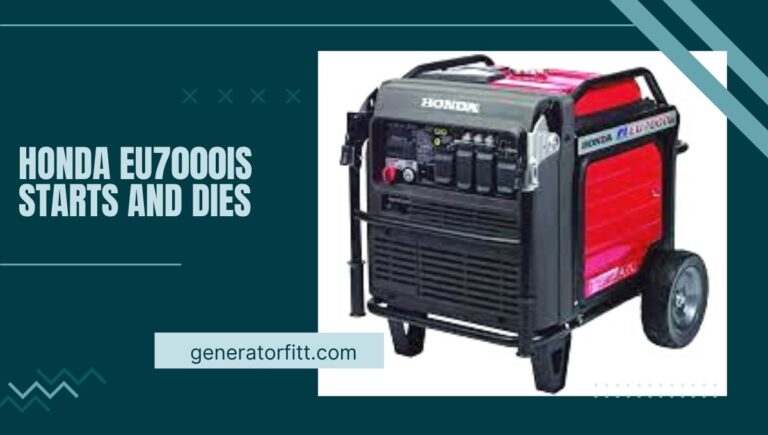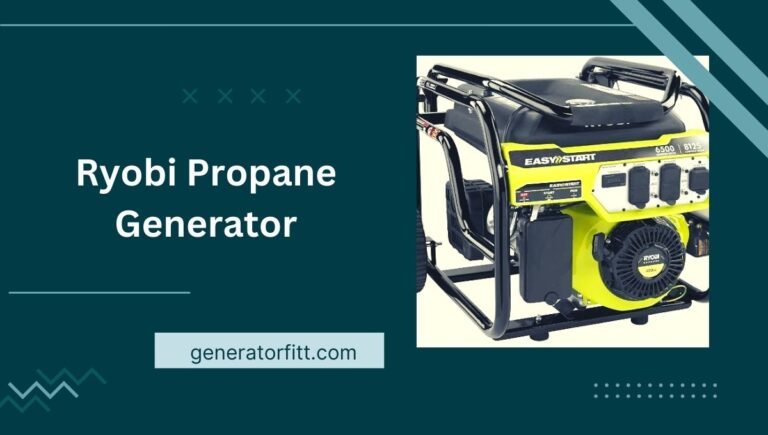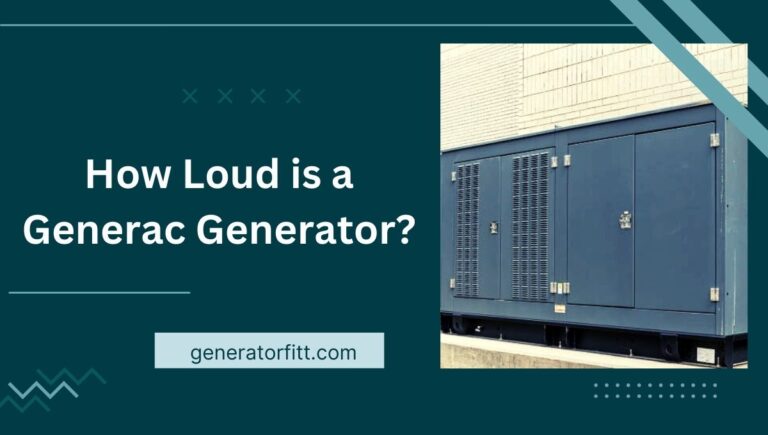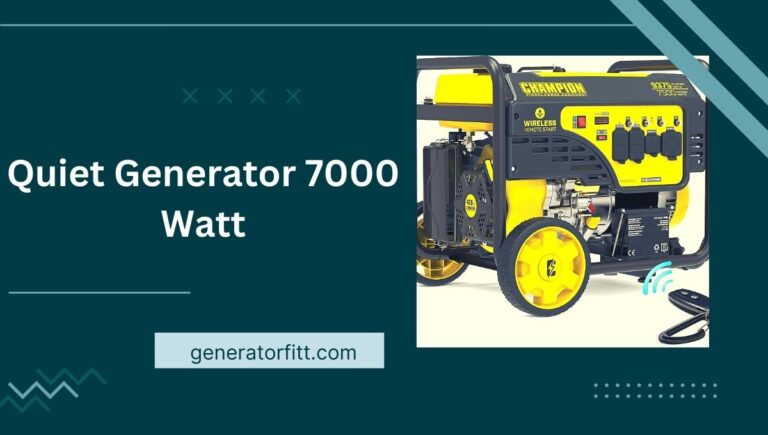How to Use a Generator to Power Your House?
How to Use a Generator to Power Your House? In an increasingly digital world, an uninterrupted power supply is crucial for both work and leisure.
Power outages can disrupt our daily lives, but there’s a solution at hand: generators. This article will guide you through the process of using a generator to power your house effectively.
Whether you’re facing a sudden blackout or planning for emergencies, understanding how to use a generator is essential.

How to Use a Generator to Power Your House?
Using a generator to power your house involves several key steps:
- Choose the Right Generator: Select a generator with sufficient capacity for your needs.
- Read the Manual: Carefully read the user manual for setup, operation, and safety instructions.
- Generator Location: Place it outdoors, well-ventilated, and sheltered from the elements.
- Fuel and Oil: Ensure it has adequate fuel and oil levels.
- Connection: Install a transfer switch or interlock device to connect the generator to your home’s electrical panel.
- Start the Generator: Follow the manufacturer’s starting instructions and allow it to stabilize.
- Power Distribution: Prioritize essential loads and connect them using the transfer switch.
- Monitoring: Keep an eye on fuel and oil levels and the generator’s performance.
- Shutting Down: Turn off individual circuits first, then the generator. Allow it to cool down before shutdown.
- Maintenance: Follow recommended maintenance schedules and store fuel properly.
- Safety Precautions: Install carbon monoxide detectors, keep the generator away from living spaces, and avoid overloading it.
- Practice Safety: Educate your family on generator safety procedures and have a fire extinguisher handy.
Selecting the Right Generator
Here are Guide on How to Select the Right Generator In 2023
Choosing the Generator Type
Before diving into using a generator, it’s vital to select the right type for your needs. Generators come in various forms, such as portable, standby, and inverter generators
Each type serves a specific purpose, so consider factors like your power requirements and intended use.
Assessing Power Requirements
Calculating your power requirements is essential to avoid overloading your generator. Make a list of the appliances and devices you want to power during an outage.
Pay attention to their wattage, and choose a generator that can handle the total load comfortably.
Generator Installation
Location Matters
Proper placement of your generator is crucial. It should be situated in a well-ventilated area away from your house to prevent carbon monoxide buildup. Ensure it’s protected from the elements and has easy access for maintenance.
Electrical Connection
If you’re using a standby generator, consult a professional electrician for safe installation. Portable generators, on the other hand, require manual setup, including connecting appliances through extension cords.
Operating Your Generator
Fueling Up
Most generators run on gasoline, propane, or diesel. Follow the manufacturer’s guidelines for fueling, and storing fuel in approved containers in a safe location. Regularly check fuel levels to avoid unexpected shutdowns.
Starting the Generator
Starting procedures vary among models, but they usually involve a choke and ignition switch. Refer to the user manual for specific instructions. Ensure the generator is on a stable surface, away from flammable materials.
Monitoring and Maintenance
Regularly check the generator for any issues. This includes inspecting the oil level, air filter, and spark plug.
Perform maintenance tasks as recommended by the manufacturer to prolong the generator’s lifespan.
Power Management
Prioritizing Appliances
During a power outage, it’s essential to prioritize your appliances. Start with the most critical items, such as refrigerators and medical equipment, before connecting less essential devices.
Using Extension Cords
Extension cords allow you to distribute power efficiently. Use heavy-duty cords rated for outdoor use and avoid overloading them. Keep cords organized and protected from potential hazards.
Safety First
Carbon Monoxide Awareness
Generators emit carbon monoxide, a deadly gas. Install carbon monoxide detectors in your home, and never run a generator indoors or in enclosed spaces. Be cautious when refueling to prevent spills.
Fire Precautions
Keep a fire extinguisher nearby when operating a generator. Store fuel safely, away from open flames or heat sources. Always follow safety guidelines to avoid accidents.
People also ask
Can I plug my generator directly into my house?
No, you should not plug your generator directly into your house without a proper transfer switch and professional installation.
Connecting a generator to your home’s electrical panel without a transfer switch can be dangerous and may damage your appliances or pose a risk to utility workers. Always consult a qualified electrician for safe and proper installation.
How do I run power from my generator to my house?
To run power from your generator to your house, you need to follow these steps:
Select the Right Generator: Choose a generator that suits your power needs and fuel preferences.
Install a Transfer Switch: Hire a professional electrician to install a transfer switch between your generator and your home’s electrical panel. This ensures safe and seamless power transfer.
Connect the Generator: Using the transfer switch, connect your generator to your home’s electrical system. This switch allows you to power your essential circuits during an outage.
Start the Generator: Follow the manufacturer’s instructions to start the generator safely. Ensure it’s in a well-ventilated area outdoors.
Monitor and Manage Power: Prioritize essential appliances and monitor your generator’s operation. Be mindful of fuel levels and perform regular maintenance.
How do I hook up a generator to my breaker box?
Hooking up a generator to your breaker box involves the following steps:
Install a Transfer Switch: Have a licensed electrician install a transfer switch next to your breaker box. This switch will ensure safe power transfer.
Connect the Generator: Connect your generator to the transfer switch using the provided wiring. This links the generator to your home’s electrical system.
Turn Off Main Breaker: Before using the generator, turn off the main breaker in your breaker box to prevent back-feeding into the grid.
Start the Generator: Start your generator following the manufacturer’s instructions. It will now provide power to the circuits you’ve designated through the transfer switch.
Manage Power: Be mindful of the load on the generator, and prioritize essential circuits. Avoid overloading the generator to ensure it operates effectively.
How big of a generator do you need to run a house?
The size of the generator you need to run a house depends on your specific power requirements.
In general, a typical household may require a generator with a capacity of 5,000 to 7,000 watts for essential appliances and lights during a power outage.
However, larger homes with more appliances and central air conditioning may require a generator with a capacity of 10,000 watts or more.
It’s essential to calculate your power needs and consult a professional to determine the right generator size for your specific situation.
Conclusion
In conclusion, using a generator to power your house can provide essential electricity during outages and emergencies.
To do so effectively and safely, follow these key steps: choose the right generator size, install it outdoors in a well-ventilated area, connect it to your home’s electrical panel through a transfer switch, and prioritize safety protocols.
Regular maintenance and proper fuel storage are crucial for generator longevity. Always consult the manufacturer’s guidelines and local regulations to ensure a seamless and secure power backup solution for your home.
Hi, I am Brines Loe and I am an Expert in Generators I have Experience in This Field I want to Help You About This Website! Welcome to our generator (Outdoor) Guide blog! We are dedicated to providing you with the latest information and tips on outdoor generators, ensuring that you have the knowledge you need to make informed decisions about which generator is right for you.
